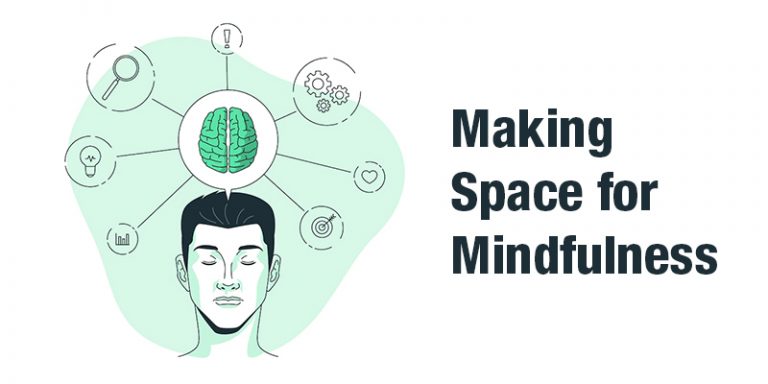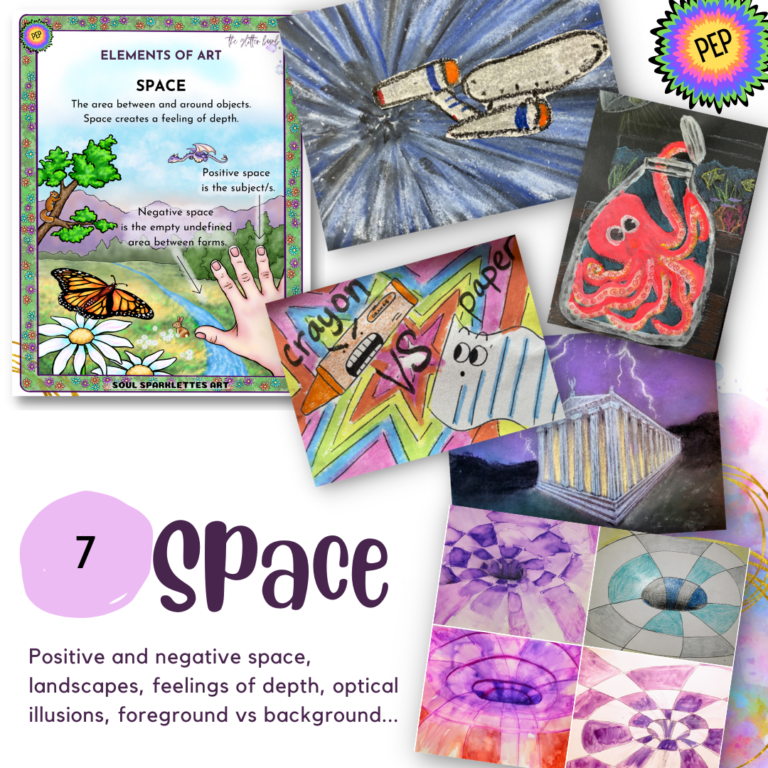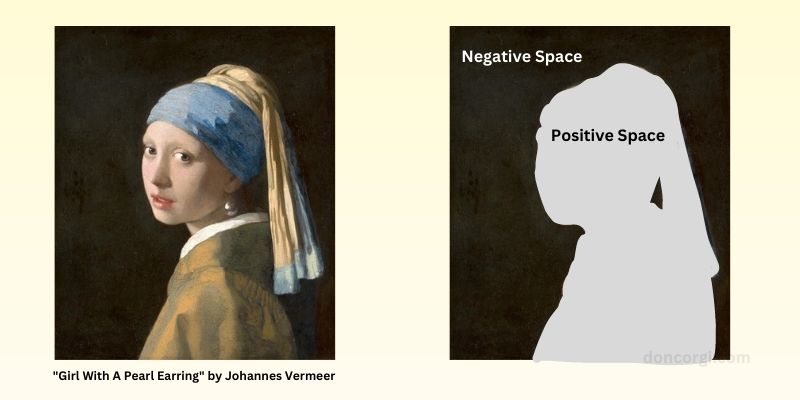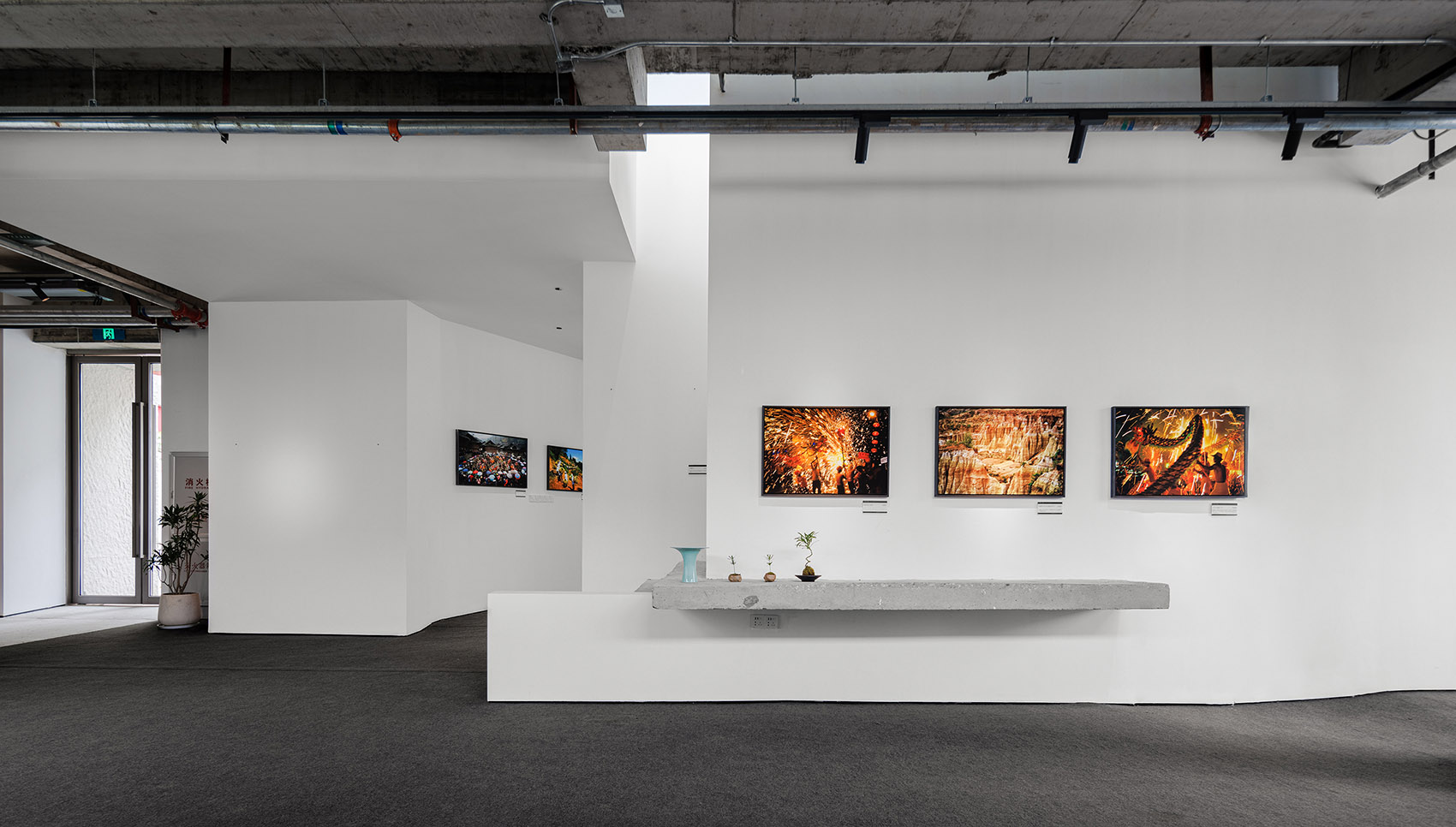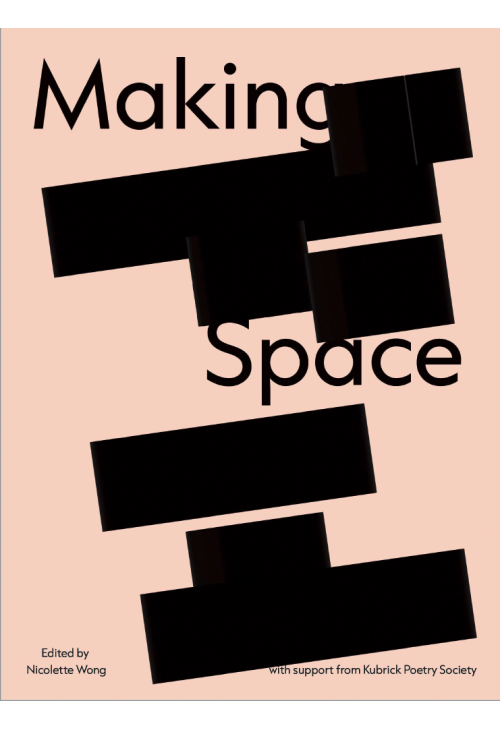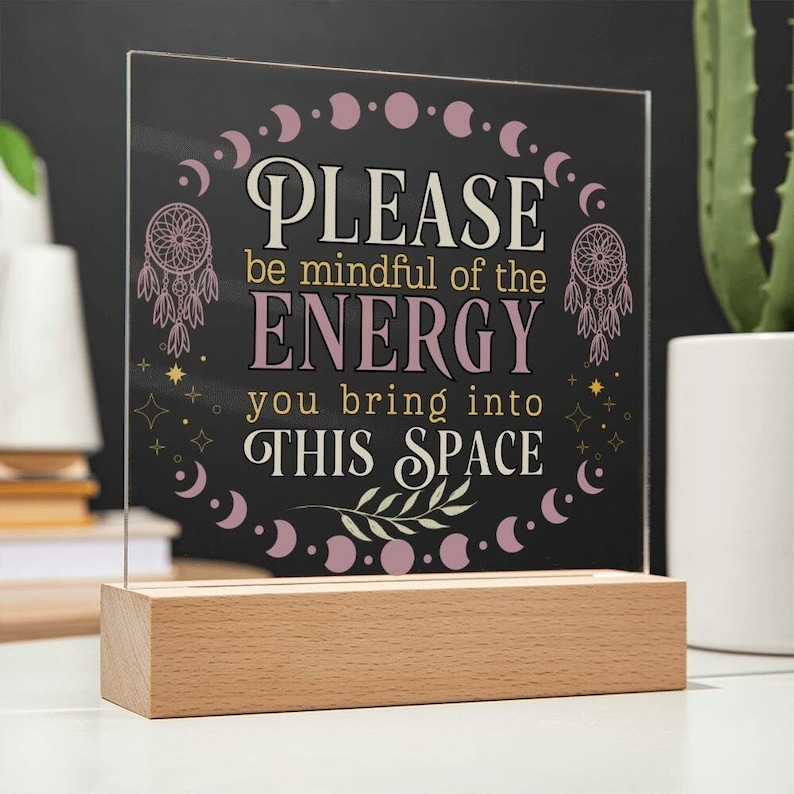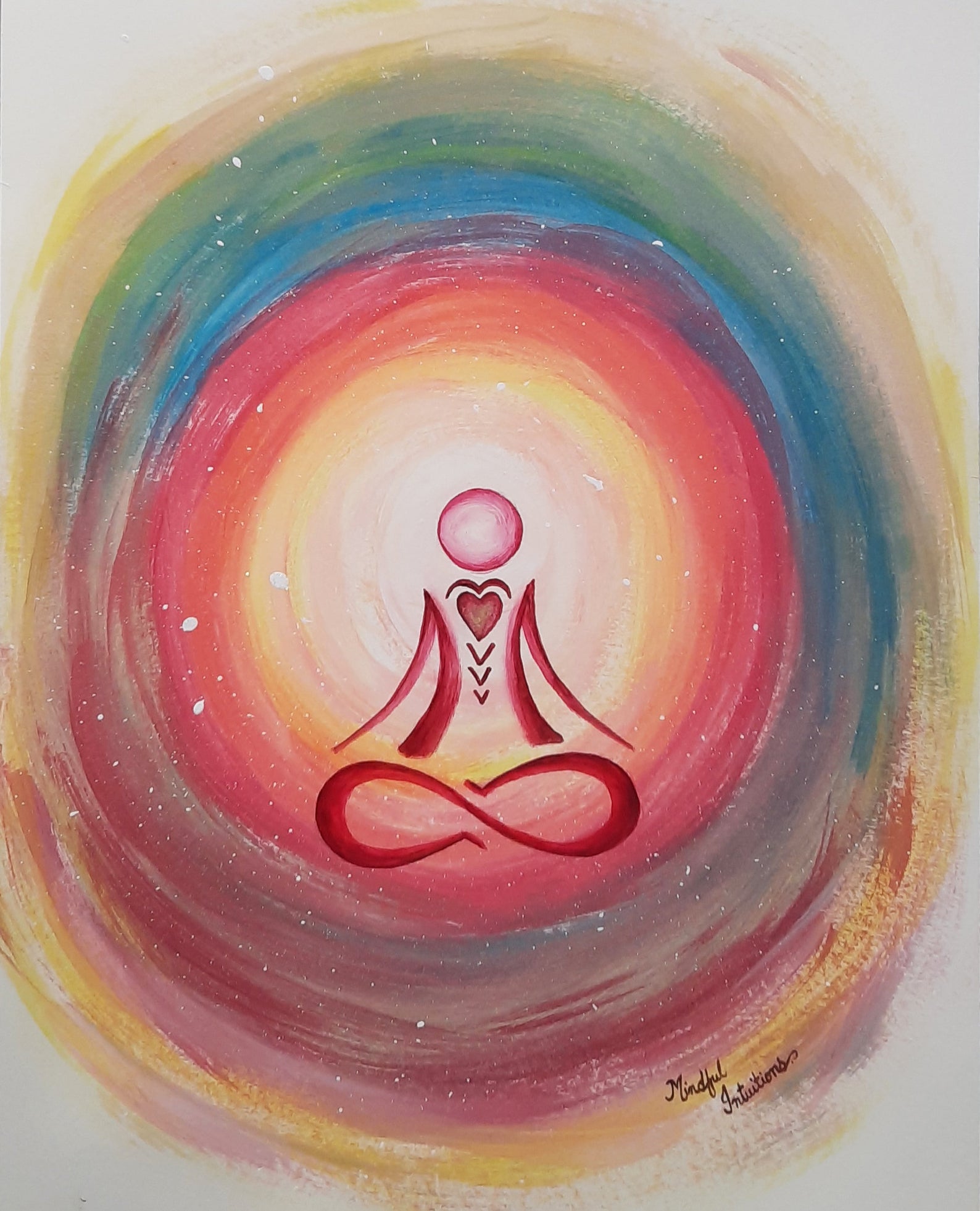The Mindful Art Of Space Making
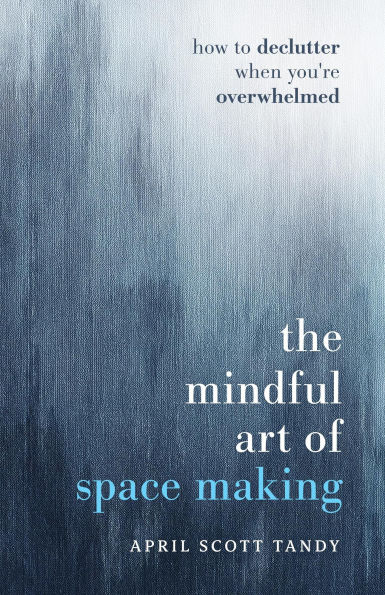
In a world increasingly defined by cramped apartments, overflowing storage units, and the relentless pursuit of 'more,' a quiet rebellion is brewing. It’s a movement not of acquisition, but of conscious curation, a mindful approach to the spaces we inhabit that promises not just aesthetic improvements, but a profound impact on our well-being.
Decluttering is no longer just about throwing things away; it's evolving into a sophisticated practice of mindful space making, drawing inspiration from ancient philosophies and modern psychological research. This transformative approach encourages individuals to connect with their environments on a deeper level, fostering clarity, peace, and a renewed sense of control in their lives.
The Nut Graf: Beyond Aesthetics, Towards Well-being
This article delves into the burgeoning trend of mindful space making, exploring its philosophical underpinnings, practical applications, and the scientific evidence supporting its positive effects. We’ll examine how decluttering, when approached with intention and awareness, can reduce stress, improve focus, and even enhance relationships. Furthermore, we’ll explore how interior designers and organizational experts are incorporating these principles into their practices, helping clients create homes that truly nurture the mind, body, and spirit.
The Roots of Mindful Space Making
The concept of mindful space making draws heavily from principles of Zen Buddhism and other Eastern philosophies, which emphasize the importance of simplicity, order, and being present in the moment. These traditions view physical surroundings as a reflection of inner state, suggesting that a cluttered environment can contribute to a cluttered mind.
Marie Kondo, author of "The Life-Changing Magic of Tidying Up," popularized this philosophy, advocating for decluttering based on whether an object "sparks joy." Her method, while sometimes criticized for its prescriptive nature, has undeniably sparked a global conversation about the relationship between our possessions and our happiness.
According to Dr. Pamela Archer, a leading environmental psychologist at the University of California, Berkeley, "Our environments have a profound impact on our cognitive and emotional states. Clutter can overstimulate the brain, leading to increased levels of cortisol, the stress hormone, and decreased attention spans."
The Science of Decluttering
Research increasingly supports the anecdotal evidence of decluttering's benefits. A study published in the Journal of Environmental Psychology found a direct correlation between cluttered home environments and procrastination, difficulty concentrating, and feelings of overwhelm.
Another study, conducted by the Princeton University Neuroscience Institute, revealed that clutter competes for our attention, making it difficult to focus on the task at hand. The brain is constantly processing and filtering information, and a visually chaotic environment simply adds to the cognitive load.
Beyond the cognitive benefits, mindful space making can also improve our physical health. Reducing dust and allergens through regular cleaning can alleviate respiratory problems, while creating a safe and organized environment minimizes the risk of accidents and injuries, especially for children and the elderly.
Practical Applications: From Kondo to KonMari and Beyond
While the KonMari method offers a structured approach to decluttering, mindful space making is not a one-size-fits-all solution. The key is to develop a personalized system that aligns with your values, lifestyle, and individual needs.
Sarah Jones, a professional organizer and founder of "Space Alchemy," emphasizes the importance of setting clear intentions before embarking on a decluttering journey. "Ask yourself: What kind of energy do I want to cultivate in my home? What activities do I want to prioritize? Let your answers guide your decisions about what to keep, what to donate, and what to let go of."
Minimalism is also an aspect of mindful space making. This movement advocates for owning fewer possessions, focusing on quality over quantity, and embracing a simpler lifestyle. By intentionally curating our belongings, we can free up space, time, and mental energy for the things that truly matter.
The Role of Design in Mindful Spaces
Interior designers are increasingly incorporating principles of mindful space making into their practices, creating homes that are not only aesthetically pleasing but also promote well-being. This involves paying close attention to factors such as lighting, color, acoustics, and materials.
John Smith, an interior designer specializing in biophilic design, explains that "Bringing nature indoors is a powerful way to create a calming and restorative environment. Incorporating plants, natural light, and organic materials can reduce stress, improve mood, and enhance overall well-being."
Furthermore, designers are focusing on creating functional and flexible spaces that can adapt to changing needs. This may involve incorporating modular furniture, maximizing storage solutions, and designing multi-purpose rooms.
Challenges and Criticisms
While the benefits of mindful space making are widely recognized, there are also challenges and criticisms to consider. Some argue that decluttering can be a privilege, particularly for those with limited financial resources or those who are attached to sentimental items.
Another criticism is that the emphasis on minimalism can be exclusionary, promoting a particular aesthetic that is not accessible or desirable for everyone. It's important to remember that mindful space making is about creating a home that feels authentic and supportive, regardless of its style or size.
Finally, it's crucial to avoid becoming overly attached to the process of decluttering itself. The goal is not to achieve a perfectly minimalist home, but rather to cultivate a healthier and more harmonious relationship with our surroundings.
Looking Ahead: The Future of Mindful Living
As awareness of the connection between our physical environment and our well-being continues to grow, mindful space making is likely to become an increasingly important aspect of modern living. From sustainable design practices to the rise of tiny homes, we are seeing a shift towards more intentional and conscious ways of inhabiting our spaces.
Organizations like the International WELL Building Institute are promoting building standards that prioritize health and well-being, focusing on factors such as air quality, water quality, and access to natural light. These initiatives reflect a growing recognition of the importance of creating environments that support human flourishing.
Ultimately, the mindful art of space making is about creating homes that reflect our values, support our goals, and nurture our well-being. It's a journey of self-discovery, a practice of letting go, and an invitation to live more intentionally in the present moment.
